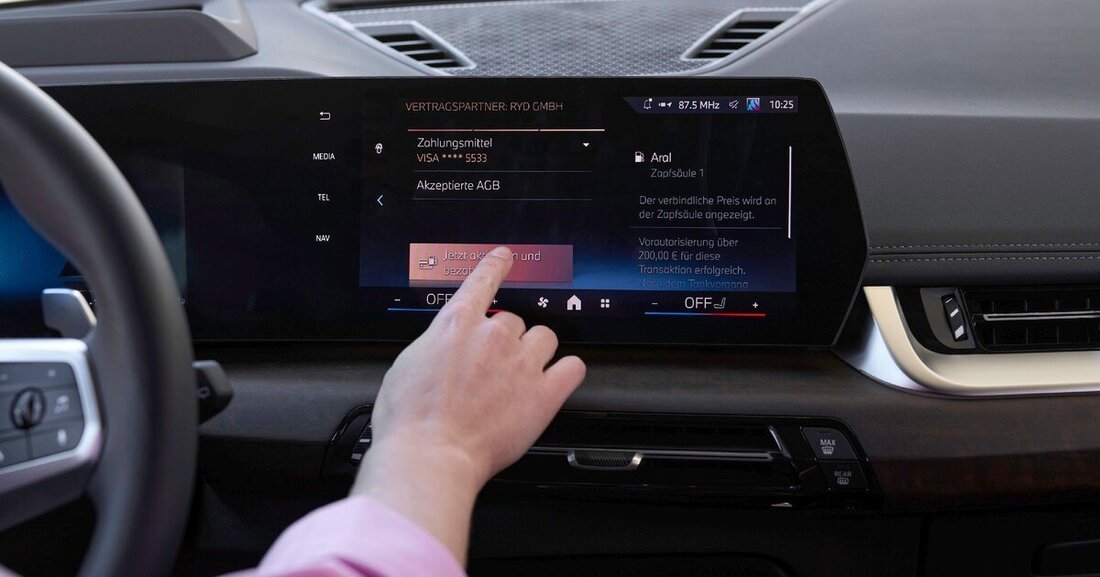Better batteries for BMW
More performance, less CO2 emissions, lower costs: The BMW Group relies on innovative battery cells.

Better batteries for BMW
With the “New Class” models, the BMW Group will be entering a new era of e-mobility from 2025 and will be using round battery cells for the first time that are optimally tailored to the new architecture. “With the newly developed sixth generation of our lithium-ion cells, an enormous technological leap is imminent: the energy density will be increased by more than 20 percent, the charging speed will be increased by up to 30 percent and the range will be improved by up to 30 percent,” says Frank Weber, member of the BMW AG Board of Directors for Development. "We are also reducing CO2 emissions in cell production by up to 60 percent. These are big steps in terms of sustainability and customer benefit."
In order to cover the need for battery cells for the New Class, the BMW Group has already awarded a double-digit billion euro amount to two partners for the construction of battery cell factories: CATL and EVE Energy will each build two gigafactories in China and Europe. Each of the battery cell factories will have a total annual capacity of up to 20 GWh. Two additional battery cell factories, for which the partners have still been nominated, are to be built in the region of the North American free trade zone USMCA. Joachim Post, BMW AG Board Member for Purchasing and Supplier Network: “In addition, for CO2-reduced production, we have agreed with our partners that they will use a proportion of secondary materials for the raw materials lithium, cobalt and nickel and use green electricity in production.” Thanks to the comprehensive in-house know-how from our own battery cell competence center, the development, production and purchasing team has succeeded in significantly reducing the costs for the high-voltage storage system through the new battery cell and the new integration concept of the storage technology developed by BMW. According to today's market assumptions, costs can be reduced by up to 50 percent compared to the current, fifth generation. The company has set itself the goal of bringing the manufacturing costs of fully electric models to the level of vehicles with the latest combustion engine technology.
The new BMW round cells have a uniform diameter of 46 millimeters and two different heights. In relation to the prismatic cells of the fifth BMW battery cell generation, the nickel content in the BMW round cells of the sixth generation is increased on the cathode side and the cobalt content is reduced at the same time. The silicon content is increased on the anode side. As a result, the volumetric energy density in the cell increases by more than 20 percent. The storage system plays a key role in the body structure of the New Class. Depending on the model, it can be integrated flexibly and space-savingly into the installation space (“pack-to-open-body”). The cell module level is omitted. The energy storage, drive and charging technology of the new class will also have an increased voltage of 800 volts. Among other things, the feeding of energy into DC fast charging stations is optimized, so that the time required for charging is reduced by up to 30 percent from ten to 80 percent.

 Suche
Suche
 Mein Konto
Mein Konto